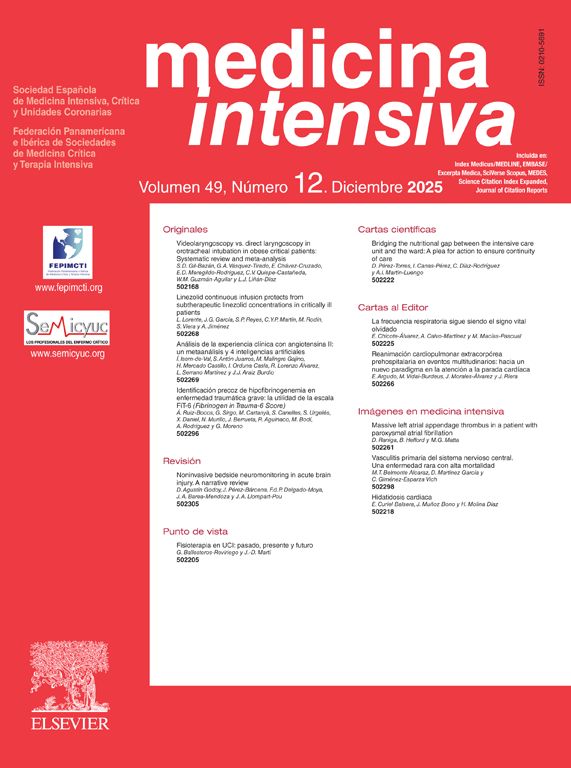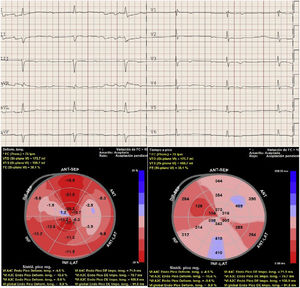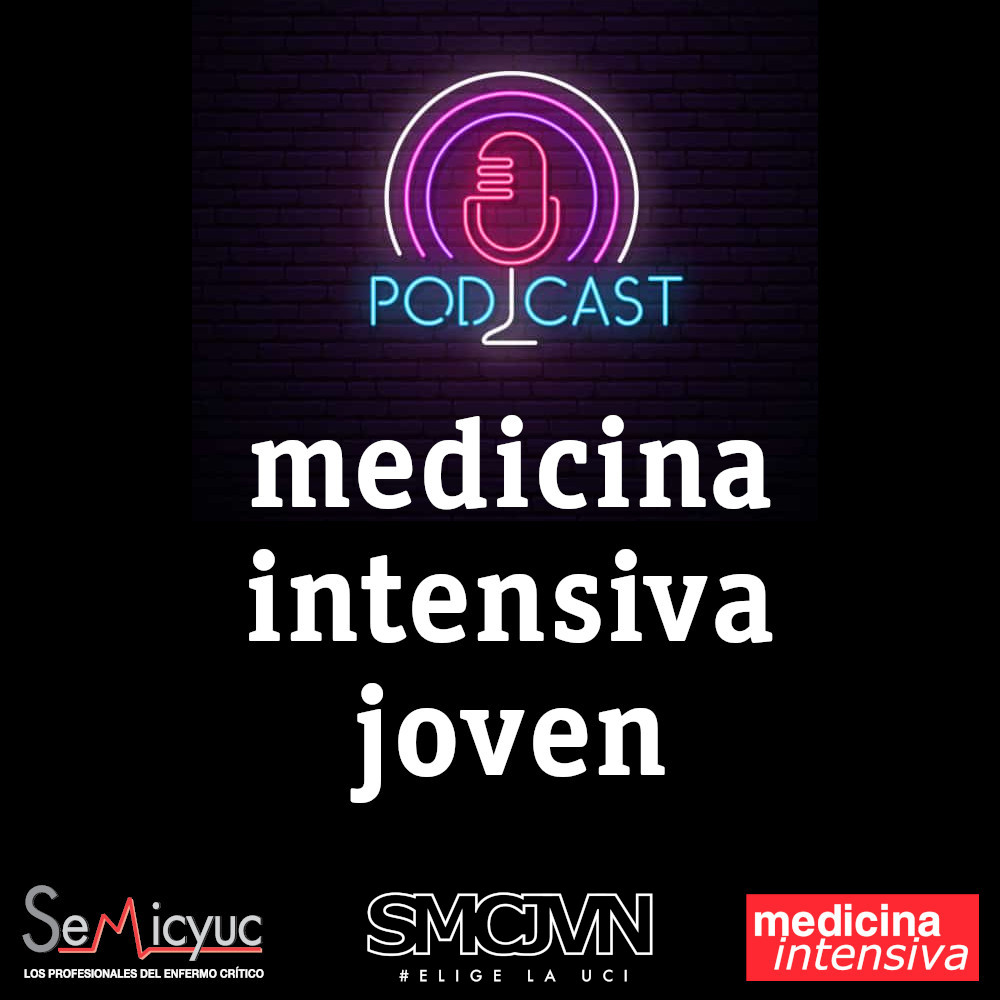This is the case of a 48-year-old patient with Chagas disease admitted to the ICU with heart failure and 35 bpm bradycardia due to complete AV block with QRS complex of 147 ms and right bundle branch block (Fig. 1). A transient pacemaker was implanted and an echocardiogram was performed (video 1) with left ventricular ejection fraction (LVEF) of 33% due to global hypokinesis and severely depressed global longitudinal strain (GLS) (−9.9%) with elevated mechanical dispersion of 91 ms (Fig. 1). For all this and due to the cardiac magntic resonance imaging findings that confirmed the presence of biventricular dilatation with LVEF of 33%, and areas of late gadolinium enhancement (Fig. 2), it was decided to implant a cardiac resynchronization therapy device associated with a defibrillator (video 2). Fifteen (15) days after implantation, the patient showed significant functional improvement, ECG with left ventricular pacing with QRS complex of 127 ms (Fig. 3), and an increased LVEF of 48% (video 3) and GLS up to −14% on the echocardiogram with mechanical dispersion reduction of 28.4 msg (Fig. 3).
El factor de impacto mide la media del número de citaciones recibidas en un año por trabajos publicados en la publicación durante los dos años anteriores.
© Clarivate Analytics, Journal Citation Reports 2025
SJR es una prestigiosa métrica basada en la idea de que todas las citaciones no son iguales. SJR usa un algoritmo similar al page rank de Google; es una medida cuantitativa y cualitativa al impacto de una publicación.
Ver másSNIP permite comparar el impacto de revistas de diferentes campos temáticos, corrigiendo las diferencias en la probabilidad de ser citado que existe entre revistas de distintas materias.
Ver más









